Yucca Plant Care. Check how to Care for a Yucca Plant!
Yucca is one of the most attractive plants that often appears in gardens. Its large, snow-white flowers can amaze even the pickiest gardener. But a yucca plant needs a lot of sun. It's perfect for large gardens, as there's typically a lot of sun in open spaces. Are you wondering how to take care of a yucca plant? Before you decide to buy one – learn the most important details about it. This way, it will surely be a beautiful and impressive decoration in your garden.
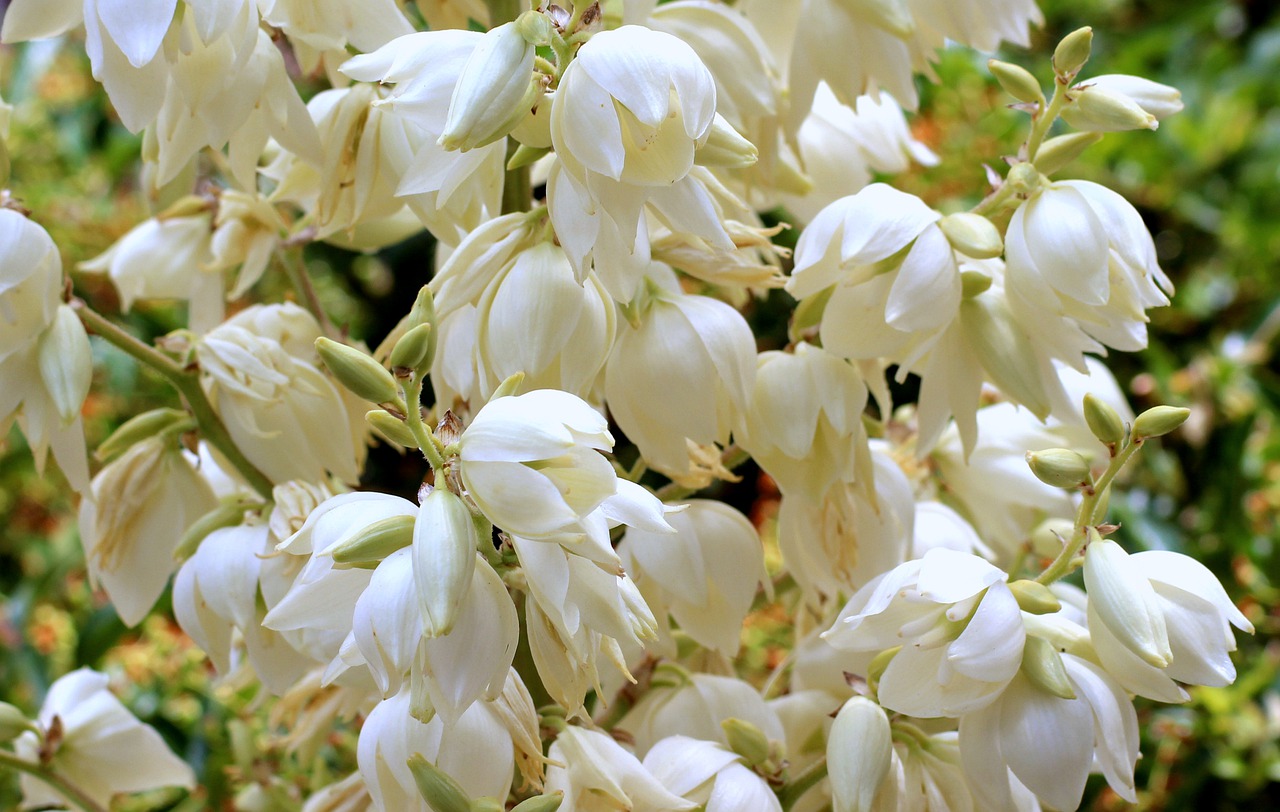
Yucca plant – what kind of plant is it?
Yucca is a species of plants from the Asparagaceae family originating in both Americas. It’s evergreen and grows up to 2 meters tall. White yucca flowers are bell-shaped, and they appear in the summer, from June to August. One of the most popular subspecies is Yucca filamentosa, also known as Adam’s needle. The plant likes a lot of sun and warmth.
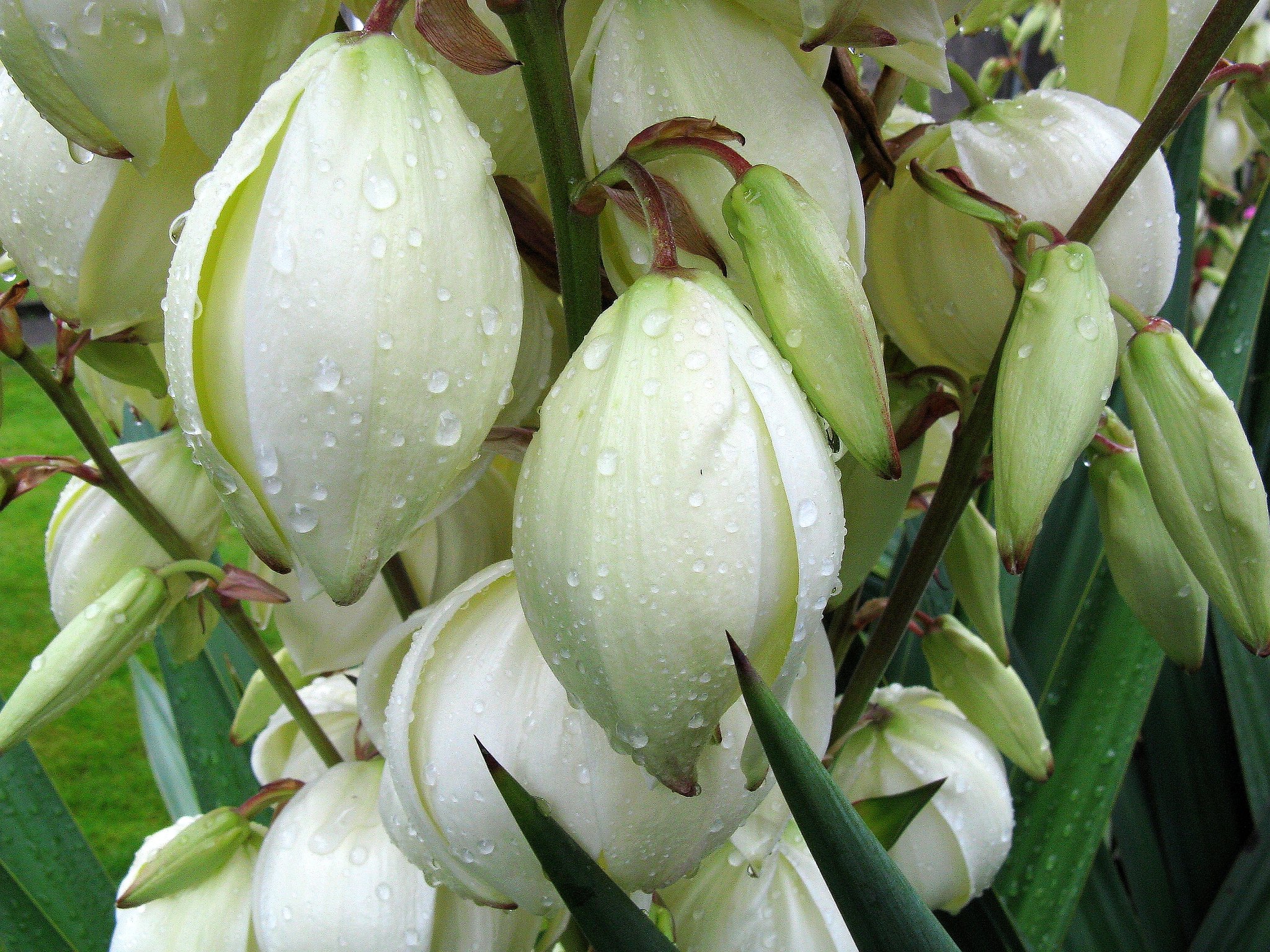
What types of a yucca plant are there?
Yucca plants are represented by many various types that can be characterised by different heights, leaf colors and various degree of resistance to weather conditions. One of the most popular species, often cultivated in European gardens is the already mentioned Adam’s needle. It not only looks beautiful but also is resistant to low temperatures, characteristic for most European countries.
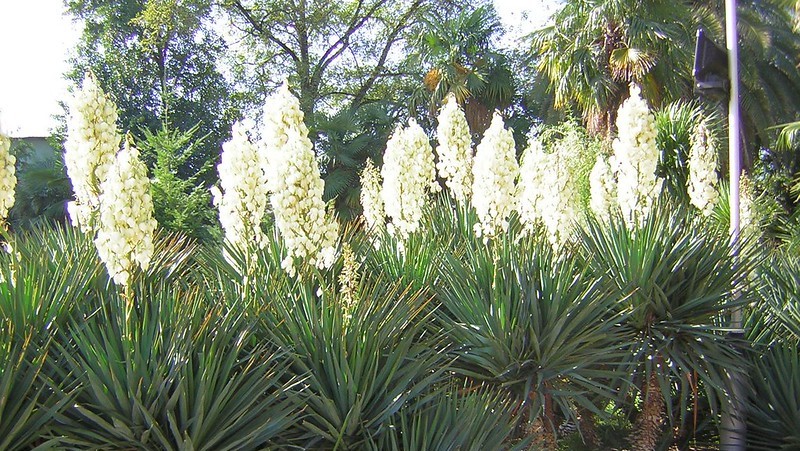
4 most popular types of yucca plant for gardens
Apart from the popular yucca filamentosa, four other yucca plants are also often grown in gardens. They are:
- Color Guard – a type with pinkish leaves.
- Yucca gloriosa variegata – a yucca plant with unusual green-blue leaves and white undertones.
- Ivory Towers – a species with white-edged leaves.
- Bright Edge – a short brush with yellow-green leaves.
An interesting fact is that despite various colors of the leaves, all yucca plants have the same white large flowers.
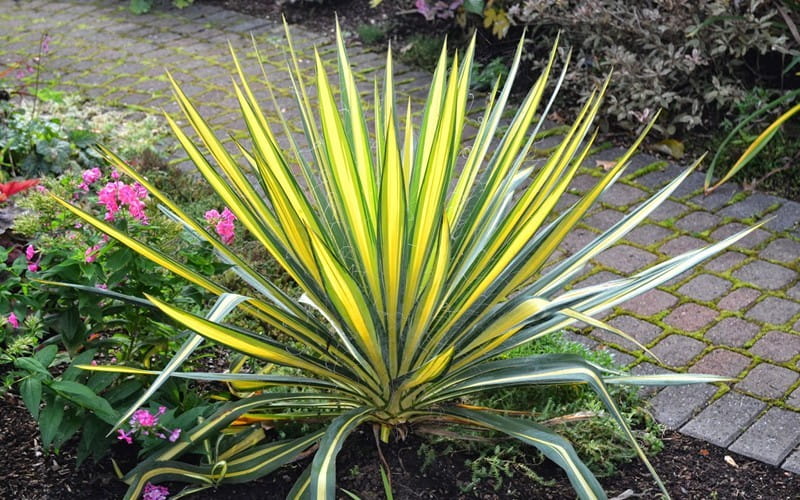
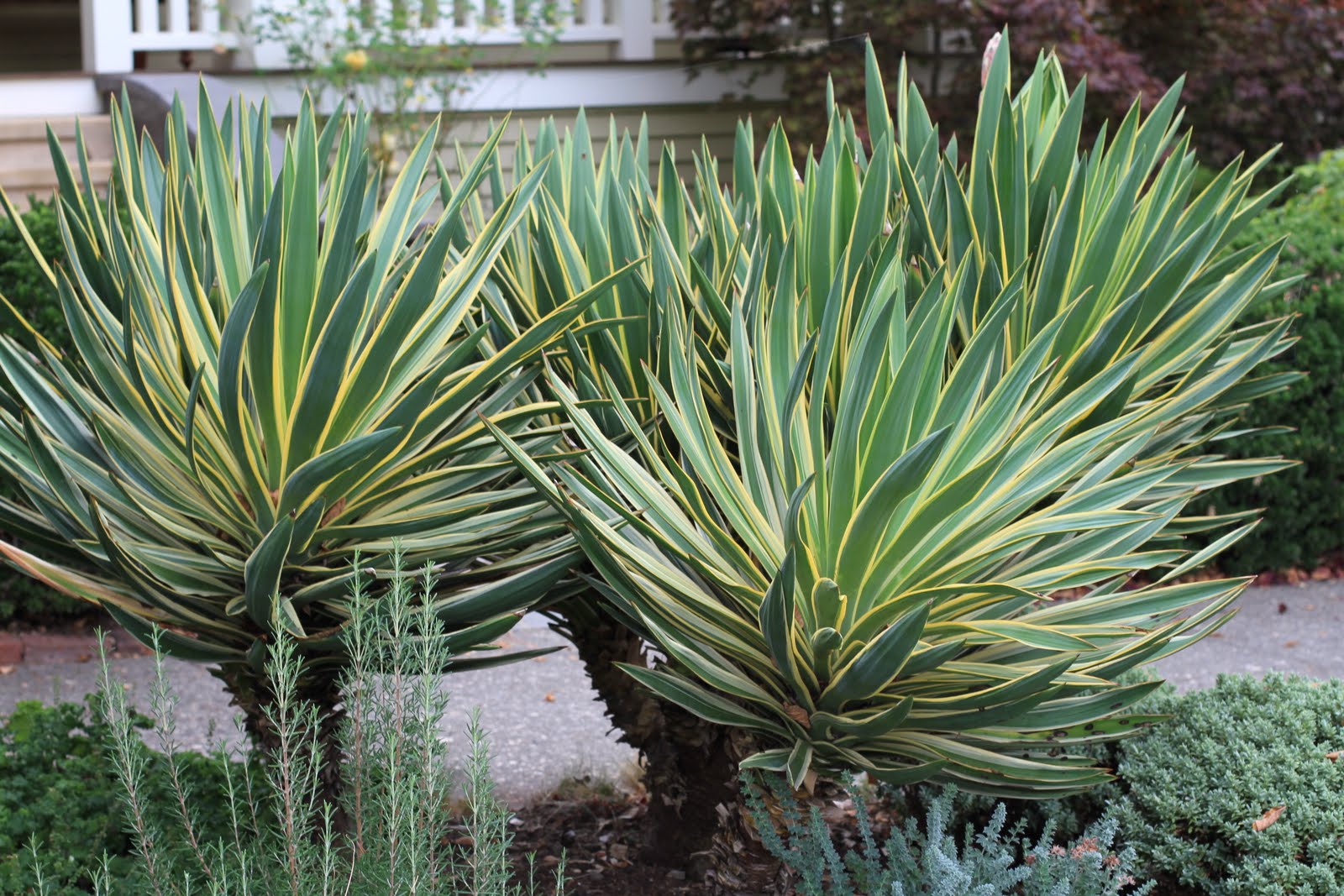

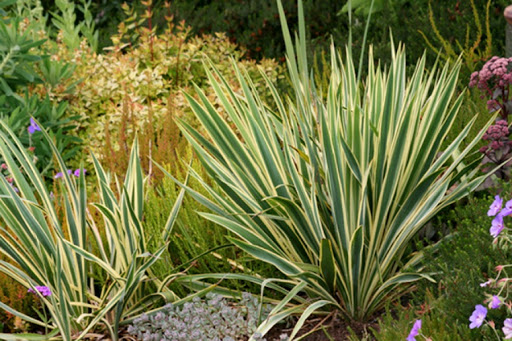
Yucca – planting tips
Yucca plants are typically planted into the ground from previously grown seedlings. It is generally advised to do it in spring, but the decisive factor is the temperature outside.
If you have small seedlings that are not well developed yet – refrain from planting them in the early spring. Low temperatures might negatively affect them, and the yucca will not take root.
A yucca should be planted in a spot with high sun exposure in the garden. A completely open space, however, is not recommended. Because yuccas grow quite tall, they are vulnerable to strong winds that might easily break them.
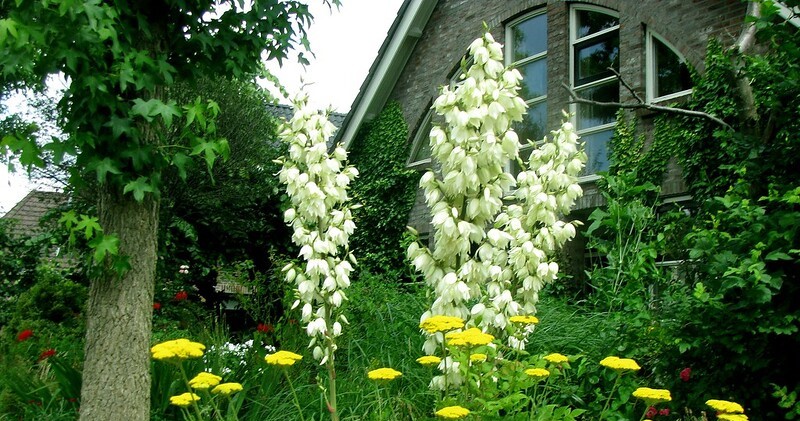
A yucca plant grows perfectly in various types of soil – e.g. in rich and sandy grounds. It doesn’t like high humidity and clay soils.
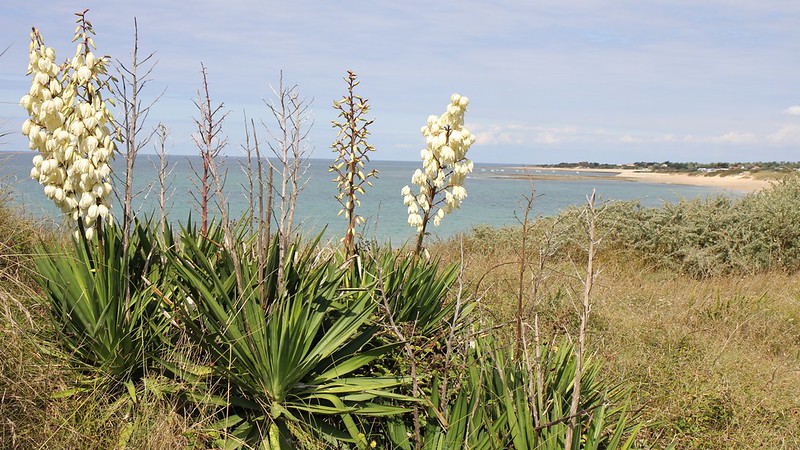
Yucca plant – care and blooming
If you expect your yucca tree to bloom shortly after planting it, unfortunately you are going to be disappointed. Yucca plants start developing flowers after 2-3 years – if they are properly taken care of. The already mentioned sun exposure and warmth are essential. If there are low temperatures during a season – the blooming process is threatened.
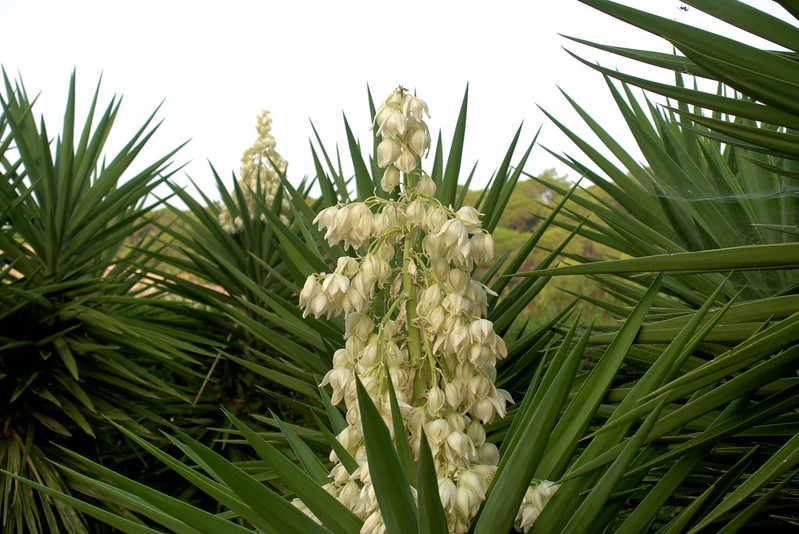
A proper growth of a yucca plant depends greatly also on the nutrients provided to it – in low doses. Typically, one needs to feed a yucca plant twice per season.
Remember that a yucca plant doesn’t like humidity – do not water it too often. Overwatering might lead to a disease manifested by marks on the leaves and lack of blooming.
How to overwinter a yucca plant?
The way a yucca plant is kept during winter affects its further condition and blooming. Although the most popular Yucca filamentosa – Adam’s needle is frost-resistant, you should not leave it exposed to low temperatures.
Securing a yucca before winter involves tying the leaves and covering them with a cloth which protects the plant against frost.

For the cover you can use cardboard, spruce branches or straw. Secured this way, a yucca plant can survive the cold season without the risk of developing diseases.
You can uncover your yucca at the same time when new plants are put in the ground. The best period for that is between March and April, or earlier, if the temperatures are high enough.
Can you grow a yucca plant indoors?
Similar to some other garden plants, yuccas can be cultivated indoors. In this case, you cannot forget to provide the proper conditions to the plant – a lot of sunlight and not too frequent watering. A perfect spot for a yucca plant should be not too far from windows or balcony door, where there is enough natural light.
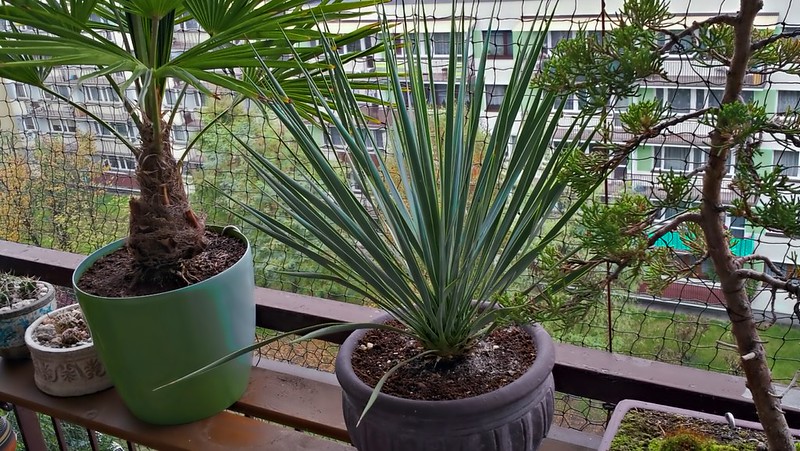
Why does my yucca plant not bloom?
There are many possible reasons why a yucca plant doesn’t bloom. Finding out which one is your concern will help you take care of the plant and help it develop beautiful white flowers. The most common reasons for the lack of blooming are:
- insufficient sunlight exposure,
- excessive dampness of soil or too frequent watering,
- wrong way of feeding the plant with minerals or too frequent fertilizing,
- planting the yucca in clay soil,
- too low temperature due to planting the yucca too early,
- improper overwintering,
- exposure to strong winds.
Yucca is just one of many beautiful plants you can have in your garden. You can find many popular garden shrubs such as pampas grass, forsythia, hydrangea, dogwood and many other interesting species. Just choose the ones you like the most.
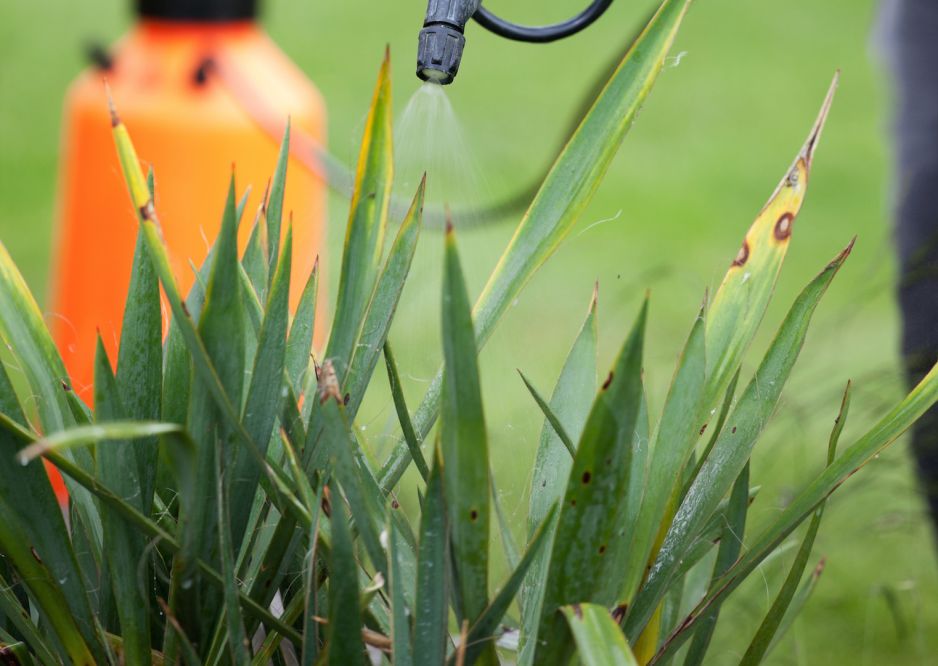
Yucca plant - the hidden properties
Few know that apart from the beautiful appearance, yucca plants also have health-beneficial properties. It mostly concerns the leaves, although some use roots as well.
The health benefits of yucca derives from one of the components this plant contains - saponins. Thanks to them, yucca plant can help people who have problems with:
- inflammation of bones and joints,
- intestines and digestive issues,
- immunity of the organism,
- overly tired muscles.
Yucca plant can also detoxify the organizm, which is perfect for those who are planning a diet and want to prepare their bodies.
Interestingly enough, yucca flowers are also very beneficial - they are edible. You can use them to decorate cakes or salads. They will surely impress everyone.
Yucca plant has many advantages so you should consider growing it - especially that it’s very easy to do.
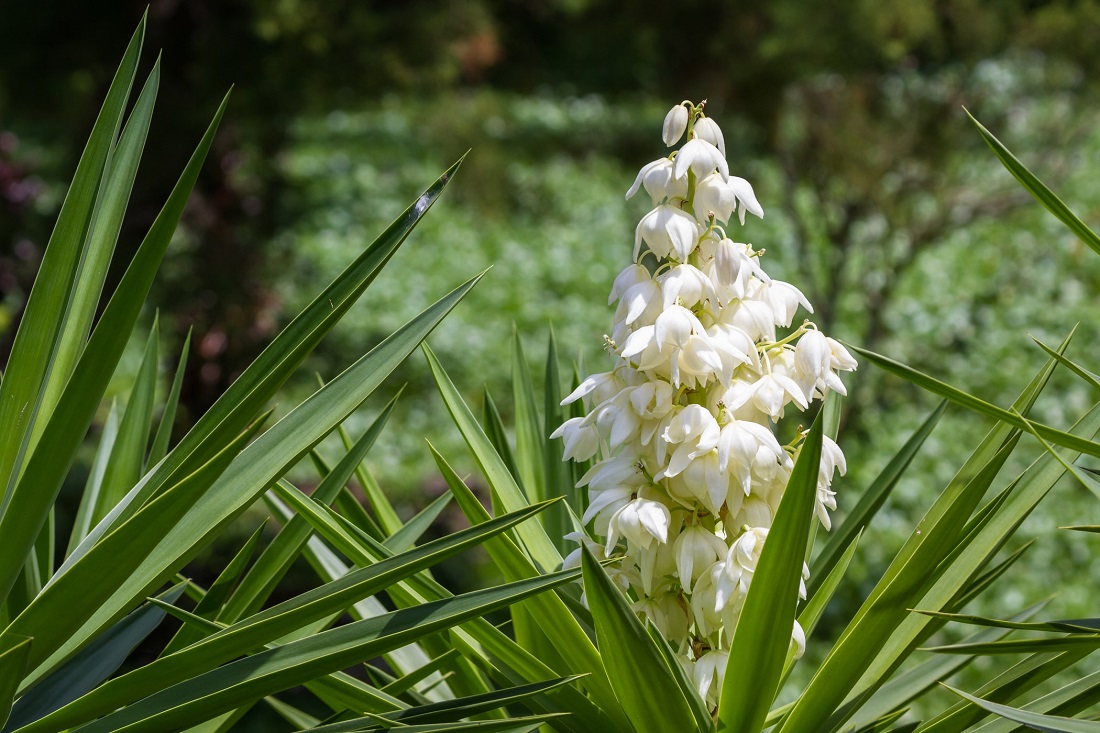
📍 What is a yucca plant?
Yucca plant is a name of shrubs and trees in the family of Asparagaceae. They are evergreen perennials, valued by gardeners for their unusual leaves of various colors and beautiful white flowers.
📍 How to care for a yucca plant?
One of the most important factors in yucca plant care is the sufficient sunlight exposure. Make sure that the spot in which the plant grows has enough access to the sun. Do not overwater the yucca, as it doesn't like humidity. Yucca grows well in rich or sandy soils, but not in the ones with high clay content.
Featured articles




